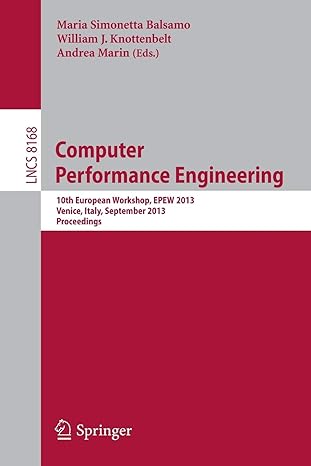Question
. Number Needed to Treat (NNT) is the number of patients who have to receive the intervention to prevent one adverse outcome. i. NNT =
. Number Needed to Treat (NNT) is the number of patients who have to receive the intervention to prevent one adverse outcome. i. NNT = 1/ARR ii. (or 100/ARR, if ARR is expressed as a percentage instead of a fraction) b. Absolute Risk Reduction (ARR) is the difference between the EER and the CER. i. ARR = EER-CER ii. (Note that "difference" is not the same as subtracting CER from EER. For example if the EER is 1.5 and the CER is 2.0, the difference is .5, not ..5) C. Cost of Preventing an Event (COPE). i. COPE = NNT x number of years treated x 365 days x the daily cost of the treatment Problem #1: A Merck representative visits your office and tells you that Fosamax® (alendronate) will decrease the incidence of repeat hip fracture by 50% over 3 years. That excites you because you have 20 elderly women and 5 elderly men who already have fractured one hip in your practice. You locate the study by Black in Lancet (1996) and find out that fracture occurs in 2.2% of placebo patients and 1.1% of patients on alendronate (Fosamax®). a. Calculate the NNT. Do not worry about a negative or minus sign result. Example: 1.1-2.2 = 1.1 and not - 1.1 when calculating the NNT.
Step by Step Solution
There are 3 Steps involved in it
Step: 1

Get Instant Access to Expert-Tailored Solutions
See step-by-step solutions with expert insights and AI powered tools for academic success
Step: 2

Step: 3

Ace Your Homework with AI
Get the answers you need in no time with our AI-driven, step-by-step assistance
Get Started


